Nurse unions – also referred to as nursing unions – are labor organizations that represent the interests of nurses, primarily through collective bargaining and advocacy for better working conditions. In the United States, nurse unions have evolved over more than a century, shaped by changes in healthcare and labor laws. Today, roughly one in five U.S. registered nurses is represented by a union, a rate significantly higher than the national average for all professions.
This article provides a comprehensive overview of nursing unions in the U.S., examines how they compare to professional nursing organizations, and looks at nurse unions globally in countries like the UK, Ireland, Canada, and Australia.
What is a Nurse Union?
At their core, nurse unions are designed to improve nurses’ pay, staffing, workplace safety, and job security. They do this through labor contracts negotiated with employers and by advocating for nurse-friendly policies at state and federal levels.
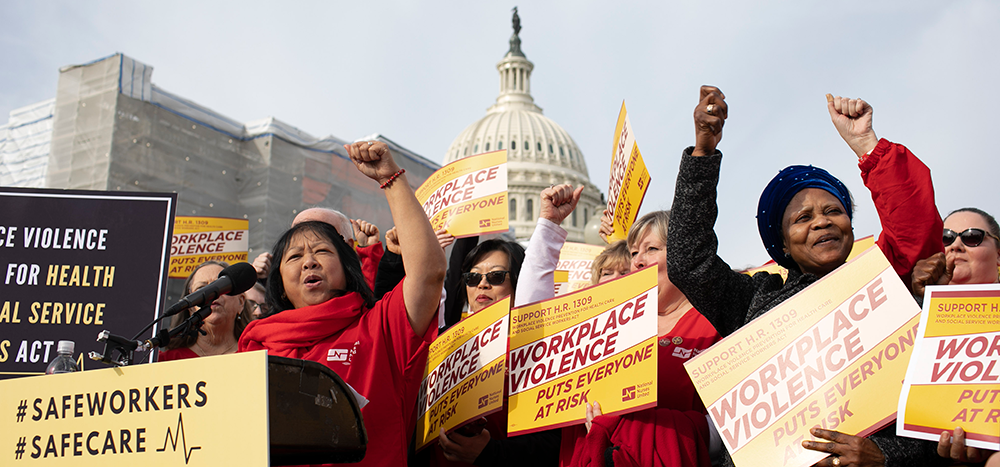
The legal right of most U.S. nurses to unionize is protected under the National Labor Relations Act (NLRA) of 1935. However, supervisors (like charge nurses) are sometimes excluded under the 1947 Taft-Hartley Act. Unionization in public hospitals varies by state law, especially in “right-to-work” states where nurses may work in unionized settings without being required to join or pay dues.
History of Nurse Unions in the U.S.
Organized nursing labor in the U.S. has its roots in the early 20th century. Professional associations such as the American Nurses Association (ANA) were founded in the late 1800s, but formal unionization of nurses took hold later.
One milestone occurred in 1945, when the California Nurses Association (CNA) became the first to secure collective bargaining contracts for nurses, winning benefits like the 40-hour workweek, paid holidays, and health insurance.
Over subsequent decades, nurses increasingly turned to unions to address workplace issues such as understaffing, low pay, and lack of voice in hospital policies. The legal framework for nurse unions falls under U.S. labor law, primarily the National Labor Relations Act (NLRA) of 1935, which guaranteed most workers (including private-sector nurses) the right to organize.
However, amendments in 1947 (the Taft-Hartley Act) explicitly excluded supervisors from union rights. This has sometimes been a point of contention in nursing; for example, debates over whether charge nurses or nursing team leaders are “supervisors” have affected who can join a union.
Despite these challenges, labor law protections (through the NLRA and state public-sector bargaining laws) provide the foundation that allows nurses to unionize, engage in collective bargaining, and, in many cases, strike when contracts cannot be negotiated amicably.
Union Growth and Activism
In recent years, nurse unions have experienced notable trends in membership and activism. While union membership nationally has been in decline, the nursing profession has seen a relatively steady or even rising level of union participation.
As of the early 2020s, approximately 17–20% of U.S. registered nurses are union members, which amounts to over half a million RNs. This proportion is about double the overall U.S. workforce unionization rate (around 10% in 2022), indicating that nurses are more likely than other workers to be unionized. A key driver has been the heightened stress on the healthcare system: issues like the COVID-19 pandemic, staffing shortages, and burnout have led nurses to organize for better conditions.

Consequently, the country has witnessed an uptick in nurse labor actions. For instance, in September 2022, about 15,000 nurses in Minnesota conducted a three-day strike – the largest private-sector nurses’ strike in U.S. history – to demand better staffing and retention policies. Similarly, in early 2023, over 7,000 union nurses with the New York State Nurses Association struck at major New York City hospitals, securing wage increases and staffing improvements in their new contracts.
Recent data also show that nurses’ unions continue to expand into new hospitals and states, reflecting a trend of renewed interest in collective action among healthcare workers. Major nurse unions like National Nurses United (NNU) report growing membership (now over 225,000 nationwide, making it the largest RN union in U.S. history). This growth is fueled not only by new organizing drives but also by affiliations and mergers – for example, NNU itself was formed in 2009 by the merger of several state-level nurse associations to create a more powerful national union. This trend suggests that nurse unions are playing an increasingly prominent role in advocating for nurses’ rights and patient safety in the U.S.
Benefits and Drawbacks of Joining a Nurse Union
Union membership can be a springboard to higher pay and stronger job protections, but it also carries real costs and trade-offs—so nurses need to weigh the full picture before signing a union card. On the plus side, research shows that unionized RNs in the United States routinely out-earn their non-union peers, sometimes by as much as 18 percent.
Contract language negotiated at the bargaining table often locks in minimum nurse-to-patient ratios, caps mandatory overtime, and spells out safety requirements, giving bedside staff a practical shield against chronic understaffing and workplace violence. Because grievances are handled through a formal, legally enforceable process, union members also enjoy a level of job security that can be hard to match elsewhere. Research continues to link union workplaces to lower turnover, higher job satisfaction, and better patient outcomes. Beyond the hospital walls, a large, dues-funded organization amplifies nurses’ voices in statehouses and in Congress, turning everyday workplace concerns—such as violence prevention or equitable staffing—into legislative priorities.
| Benefits of Joining a Nurse Union | Drawbacks of Joining a Nurse Union |
|---|---|
| Higher pay – unionized RNs average up to an 18 % wage premium over non-union peers. | Monthly dues – regular payments that can total hundreds of dollars each year. |
| Better working conditions – contracts embed minimum staffing ratios, cap mandatory overtime, and include safety provisions. | Strike risk – walkouts mean lost pay and possible ethical tension over leaving patients. |
| Job security – formal grievance procedures and union representation guard against unfair discipline or termination. | Seniority-based advancement – promotions and raises often hinge on tenure rather than merit. |
| Political influence – a collective voice advances nursing priorities (e.g., violence-prevention laws, safe-staffing bills). | Shield for under-performers – robust protections can make it harder to address poor performance. |
Those benefits, however, come with strings attached. Monthly dues, which can add up to several hundred dollars a year, are the most obvious expense. Strikes pose another risk: when negotiations break down, nurses can be asked to leave the bedside without pay—an ethical and financial dilemma that not everyone is comfortable with. Union contracts typically reward longevity, so promotions and raises are often tied to seniority rather than individual performance; that structure can frustrate highly motivated nurses who advance quickly on merit alone.
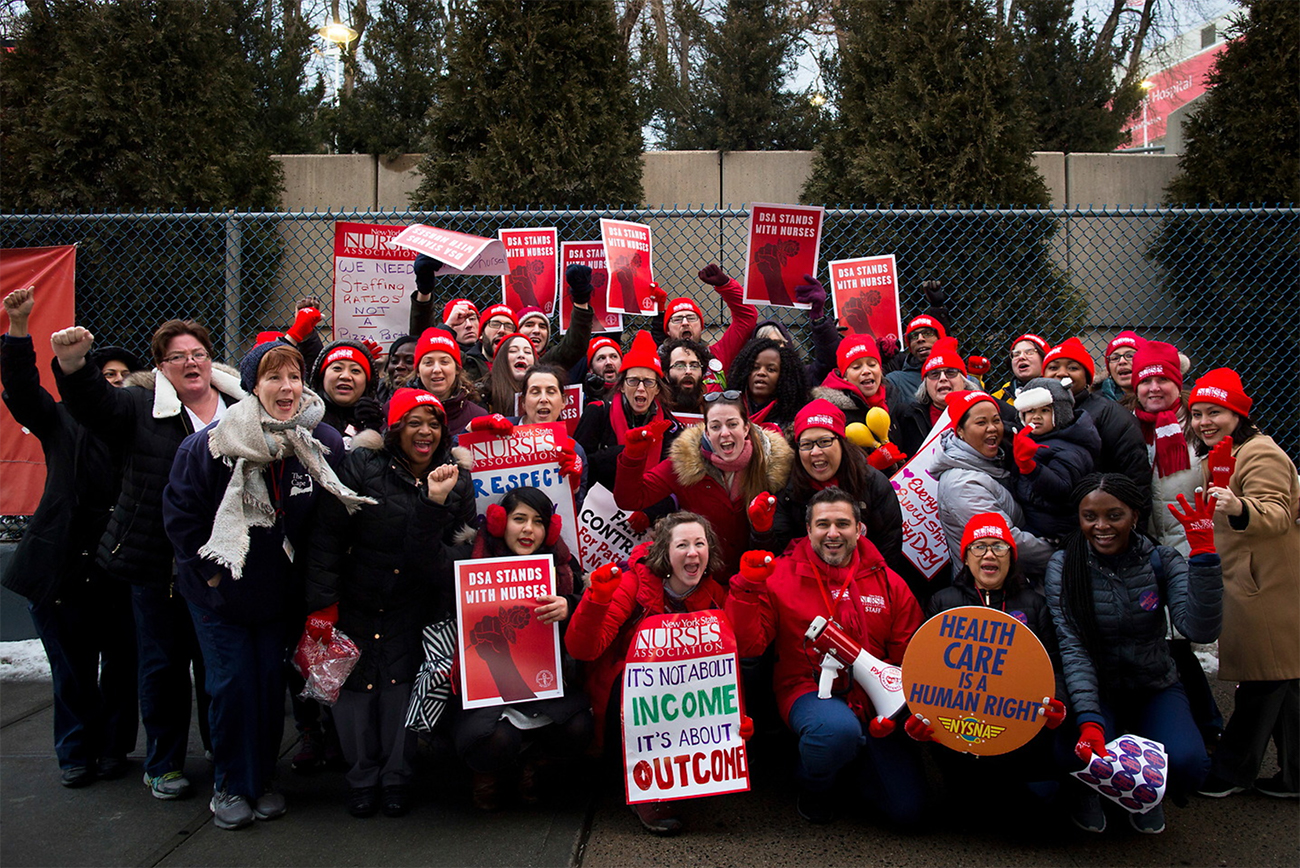
Finally, critics point out that the same protections shielding nurses from unfair dismissal can sometimes make it cumbersome to discipline or remove persistently under-performing staff, a complaint that surfaced in high-profile cases such as the Elizabeth Wettlaufer inquiry in Canada. In short, joining a nurse union offers clear, tangible gains, but it’s wise to balance those advantages against the financial costs, the possibility of work stoppages, and the realities of seniority-based advancement.
Does Unionizing Help Patients?
A 2023 review highlighted higher retention and job satisfaction in union hospitals, tying those gains to safer staffing and fewer adverse events. Earlier studies have reached similar conclusions, linking union density to lower mortality and error rates.
Nursing Unions vs. Professional Nursing Organizations
Nurses in the U.S. may belong to nursing unions, professional nursing organizations, or both – but these entities have distinct structures and goals.
A nurse union (such as NNU or a state nurses association that engages in collective bargaining) is fundamentally a labor union: its primary purpose is to represent nurses as employees. Unions negotiate labor contracts with employers covering wages, benefits, working conditions, and staffing ratios, and they can undertake job actions (like strikes or picketing) to enforce their demands.
In contrast, a professional nursing organization (for example, the American Nurses Association (ANA), American Association of Critical-Care Nurses (AACN), or other specialty groups) is an association focused on the profession rather than the employment relationship. You may learn more about professional nursing organizations here. These organizations usually do not engage in collective bargaining. Instead, they set professional standards, offer continuing education and certifications, and advocate for nursing practice and public health issues through research and policy work.
Structure and Membership
Nursing unions are typically workplace-focused. Members are usually nurses employed by institutions where the union has won representation rights. Union governance often involves elected nurse representatives (stewards, bargaining teams) at each facility and a leadership accountable to the dues-paying membership. By contrast, professional organizations have voluntary membership open to individuals interested in the field; their leadership is often elected by members nationally but they function more like nonprofits or scholarly societies than workplace collectives.
Objectives and Roles
The objectives of nurse unions center on labor rights – securing fair pay, adequate staffing, overtime rules, workplace safety, and grievance handling for contract violations. They serve as the collective voice of nurses in dealing with management. Professional nursing organizations aim to advance the field of nursing. They develop practice guidelines, ethical codes, and position statements on healthcare policy. For example, the ANA has historically lobbied for nursing-friendly legislation and issued standards of care, while specialty groups like AACN focus on improving clinical practice in their domains. Notably, some professional bodies engage in advocacy that overlaps with union interests (such as safe staffing), but they do so through persuasion and policy-making rather than contract enforcement.
Impact and Influence
Nursing unions have a direct impact on nurses’ day-to-day work life and patient care conditions. Union contracts often mandate nurse-to-patient ratios or staffing committees, limit mandatory overtime, and ensure nurses have a say in workplace changes. Research has shown that unionized nurses tend to have higher wages and better non-wage benefits than non-union nurses, and unions argue that this also leads to better patient outcomes by reducing turnover and burnout. Their ability to strike or exert collective pressure can lead to immediate changes in a hospital’s policies (for example, a successful strike might result in hiring more nurses or improving safety equipment). Professional organizations influence the profession in a broader sense – through education, publications, and shaping public policy. They often work with regulatory bodies and legislators on issues like scope of practice, nursing education standards, and healthcare reform. While they typically do not negotiate employment terms, these organizations amplify the voice of nursing in arenas such as Congress, state legislatures, and international health forums.
| Aspect | Nursing Unions | Professional Nursing Organizations |
|---|---|---|
| Primary purpose | Represent nurses as employees and negotiate labor contracts (pay, staffing ratios, scheduling, safety). | Advance the nursing profession through standards, education, research, and policy advocacy. |
| Membership base | Typically limited to nurses working at facilities where the union has bargaining rights; membership often tied to the workplace. | Voluntary and open to any nurse or student interested in the specialty or broader profession. |
| Governance | Elected stewards and bargaining teams at each facility; union executives accountable to dues-paying members. | National or specialty boards elected by members; operate like nonprofit associations or scholarly societies. |
| Core activities | Collective bargaining, grievance handling, strike or picket actions, lobbying on labor legislation (e.g., safe-staffing laws). | Setting practice guidelines and ethical codes, offering continuing education & certifications, publishing journals, lobbying on professional scope and public-health policy. |
| Day-to-day impact on nurses | Direct changes to wages, benefits, scheduling, and workload; contracts may set nurse-to-patient ratios and limit mandatory overtime. | Indirect benefits via career development, networking, evidence-based practice resources, and influence on nursing’s public image. |
| Typical influence channels | Contract negotiations with employers; collective actions (strikes, informational pickets); labor-law advocacy. | Position statements, research, conferences, expert testimony, and collaboration with regulators and legislators. |
| Examples | National Nurses United (NNU), New York State Nurses Association (NYSNA), SEIU Nurse Alliance. | American Nurses Association (ANA), American Association of Critical-Care Nurses (AACN), specialty societies (e.g., Oncology Nursing Society). |
It’s also worth noting that the line between unions and professional associations can blur in some cases. Historically, the ANA functioned as both a professional society and, through its state affiliates, a labor representative for nurses. Over time, however, many state nurses associations (like those in California, Massachusetts, and New York) broke away to focus on collective bargaining, which led to the formation of dedicated unions.
Today, ANA remains primarily a professional association, whereas groups like National Nurses United (which includes the California and New York associations as affiliates) focus on labor organizing. In summary, nursing unions and professional organizations both aim to empower nurses, but one does so chiefly through labor relations and workplace advocacy, while the other advances the knowledge, ethics, and public policy influence of the nursing profession. Nurses often see value in both: a union to protect their rights on the job, and a professional body to support their career development and the advancement of nursing practice.
Nurses’ Rights to Unionize
In 1999 the International Council of Nurses (ICN) adopted a policy statement on industrial action by nurses. The document affirms nurses’ right to collective bargaining and industrial action. It acknowledges that in some circumstances strike action might be necessary to ensure quality patient care for the future. Industrial action should, however, only be used as a last resort and the general public must always be provided with essential services.
Organized nursing therefore now recognizes the right of nurses to embark on industrial action and more-and-more nurses are choosing to unionize. Furthermore, over the past few years, we have witnessed an increased number of strikes by nurses across the world. Most nursing strikes make international news headlines because of its impact on the community.
Compared to strikes in other sectors, recent strikes by nurses have not been primarily about improved salaries. They have focused mostly on issues that affect safe patient care – for example, staff shortages, nurse-patient ratios, and compulsory overtime. And these issues can be related directly to current developments in the health care industry, including budget cuts and ever-increasing focus on profits.
However, nurses everywhere are still divided on the question of whether abandoning their patients in the event of a strike is compatible with the ethics and standards of their profession. This has been known to cause disagreements and conflict even among colleagues in the workplace.
Nurse Unions Around the World
Nursing is a global profession, and nurses in many other countries have their own unions or labor associations. These unions often share the same core mission as U.S. nurse unions – protecting nurses’ interests and patient safety – but operate within different healthcare systems and labor traditions. Below are examples of nurse unions in several countries, highlighting similarities and differences with the U.S. context:
United Kingdom: Royal College of Nursing (RCN)
The primary nursing union in the UK is the Royal College of Nursing (RCN), which uniquely functions as both a professional body and a registered trade union. With over half a million members, the RCN is the world’s largest nursing union and professional association. It represents nurses in the National Health Service (NHS) and private sector, offering services from collective bargaining to professional development.

Historically, the RCN had a no-strike policy, but in December 2022 it led national nursing strikes – the first in its 106-year history – over pay and staffing issues. Other UK unions, like UNISON and Unite, also represent many nurses (especially healthcare assistants and support staff), but the RCN is the most prominent voice specifically for nurses. In the UK’s nationalized healthcare system, pay and conditions for NHS nurses are often negotiated at a national level, a contrast to the hospital-by-hospital bargaining common in the U.S.
Ireland: Irish Nurses and Midwives Organisation (INMO)
Irish nurses are represented by the Irish Nurses and Midwives Organisation (INMO), which is both a union and a professional association (similar in concept to the RCN). The INMO has over 43,000 members across Ireland. It advocates for nurses and midwives regarding pay, staffing, and professional issues.

In recent years, the INMO has undertaken nationwide strikes (for example, a major strike in 2019) to demand pay parity and safer staffing in hospitals. Ireland’s smaller scale and national healthcare funding mean that nurse union actions often quickly become national policy discussions, with the INMO playing a lead role in those debates.
Canada: Canadian Federation of Nurse Unions (CFNU)
Nursing unions in Canada are strong and highly organized, largely on a provincial basis. The Canadian Federation of Nurses Unions (CFNU) is a national federation representing close to 200,000 unionized nurses and nursing students across the country. Under the CFNU umbrella are provincial unions like the Ontario Nurses’ Association (ONA), the British Columbia Nurses’ Union, and others.
These unions negotiate with provincial health authorities or hospital associations – for instance, ONA bargains for nurses’ contracts covering most hospitals in Ontario. Much like in the U.S., Canadian nurse unions have fought for limits on overtime, improved nurse-to-patient ratios, and violence prevention in healthcare settings. Thanks to Canada’s mostly public healthcare system, nurse unions often engage in political advocacy for health funding and policy (e.g. pushing for national pharmacare) in addition to workplace negotiations.
Australia: Australian Nursing and Midwifery Federation (ANMF)
Australian nurses and midwives are represented by the Australian Nursing and Midwifery Federation (ANMF), which, with over 320,000 members, is the largest union of any kind in Australia. The ANMF is structured as a federation of state/territory branches (such as the NSW Nurses and Midwives’ Association, and the Victorian branch, etc.).
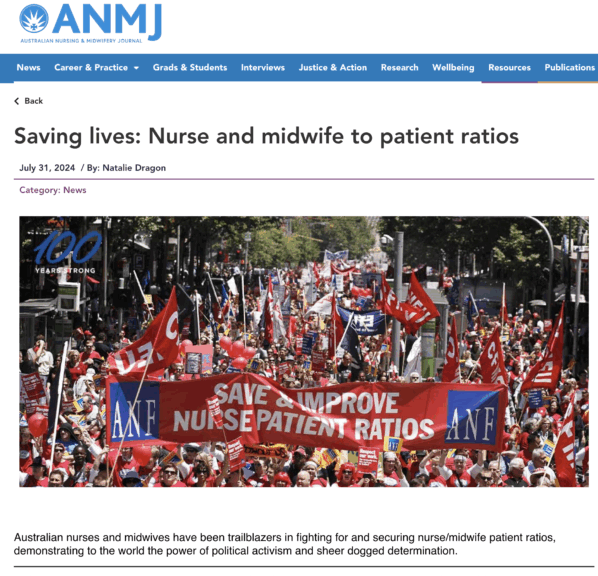
Australian nurse unions have achieved notable successes, such as the implementation of nurse-to-patient ratio laws in the state of Victoria – an early example of mandated staffing levels, achieved after significant nurse industrial action in the 1990s. The ANMF and its branches regularly negotiate public-sector nurse awards and enterprise agreements, making nursing one of the more unionized professions in Australia. They also participate in campaigns on issues like nurse education funding and aged-care staffing. Culturally, Australian nurse unions share many similarities with U.S. ones (advocating for members and patients), but operate in a labor environment with centralized wage fixing and a strong tradition of union membership in healthcare.
In Other Countries
In many other countries, the landscape varies. In New Zealand, the New Zealand Nurses Organisation (NZNO) acts as both a union and professional body for about 58,000 nurses, midwives, and caregivers, and has led national nurse strikes (e.g. in 2018 and 2021) in pursuit of better pay and staffing.
In some European nations, nurses are often organized within general healthcare or public sector unions rather than profession-specific unions – for example, in Germany nurses may join large public service unions that represent a broad range of hospital workers.
Meanwhile, some countries have relatively nascent nurse union movements or face legal barriers to striking (for instance, some Asian and African countries where nurses have professional associations with limited labor union power). Despite these differences, a common thread globally is that nurses have sought collective representation to address universal concerns: adequate staffing, fair compensation, safe working conditions, and the ability to provide high-quality patient care.
International coordination is also growing. Notably, unions like NNU in the U.S. and the CFNU in Canada have been part of Global Nurses United, a coalition of nurse and health-care worker unions from multiple countries aiming to share strategies and support each other’s campaigns. This global perspective underscores that while healthcare systems differ, the solidarity among nurse unions transcends borders in the pursuit of better health care for patients and better conditions for nurses.
Major Nursing Unions in the United States
The table below lists some of the major nursing unions in the U.S.. These organizations collectively represent a significant portion of unionized nurses in America and have been at the forefront of advocating for nurses’ rights and patient safety.
| Name of Union | Membership Size | Notable Activities / Achievements |
|---|---|---|
| National Nurses United (NNU) | ~225,000 members (nationwide) | Formed in 2009 by merging several state nurse associations into one national union. Largest union of RNs in U.S. history. Led the fight for California’s landmark nurse-to-patient ratios law in 1999. Active in national campaigns for Medicare for All, workplace violence prevention, and pandemic safety. |
| New York State Nurses Association (NYSNA) | ~42,000 members | Largest union for RNs in New York state. Affiliated with NNU. Achieved contracts with improved staffing ratios and wages after major strikes in 2019 and 2023. Advocated for New York’s safe staffing legislation (hospital staffing committees and ratios) enacted in 2021. |
| Massachusetts Nurses Association (MNA) | ~23,000 members | One of the oldest nurse unions (founded 1903) and a founding member of NNU. Championed Safe Patient Limits (ratios) through a high-profile state ballot question in 2018 and ongoing legislation. In 2021, led one of the longest nurses’ strikes in state history (9 months at St. Vincent Hospital) to win better staffing and patient safety provisions. |
| Minnesota Nurses Association (MNA) | ~22,000 members | Represents the majority of hospital bedside nurses in Minnesota. Notably organized the largest private-sector nurses’ strike in U.S. history in Sept. 2022 with 15,000 nurses, winning new contract language on staffing and retention. Advocates for the “Keeping Nurses at the Bedside Act” to address staffing and nurse burnout in Minnesota. |
| SEIU Nurse Alliance (Service Employees International Union) | ~80,000 RN members (within SEIU) | SEIU, a large general union, has a Nurse Alliance that coordinates its many RN members across 21+ states. SEIU nurses have secured strong contracts in major health systems (e.g., through locals like 1199SEIU in New York and SEIU Healthcare in various states). Known for political clout, SEIU has supported campaigns for minimum wage increases and Medicaid expansion that benefit healthcare workers. Its nurse members have pushed for safe staffing and fought hospital closures in underserved communities. |
| AFT Nurses and Health Professionals (American Federation of Teachers) | ~100,000 health professionals (including tens of thousands of RNs) | The AFT, while primarily a teachers’ union, includes a large division of nurses and health professionals. Through affiliations (like the National Federation of Nurses merger and partnerships with state nurse associations in Ohio, Oregon, etc.), AFT represents nurses in various hospitals and public health settings. AFT nurse locals have advocated for issues like safe staffing, workplace violence prevention, and adequate school nursing services. Being part of a broader union has enabled cross-sector solidarity (education and healthcare) on legislative issues such as healthcare funding and school health programs. |
Should You Join a Nurse Union?
Deciding whether to join a union is personal and complex. Consider your workplace environment, the union’s track record, your career priorities, and your own values. Union membership can mean stronger protections and better pay, but it also involves dues, the potential for strikes, and a collective structure that may not align with everyone’s preferences.
Ultimately, the decision comes down to whether union representation enhances your ability to thrive in your career while upholding your commitment to safe, high-quality patient care.
With contributions by Paton, F.






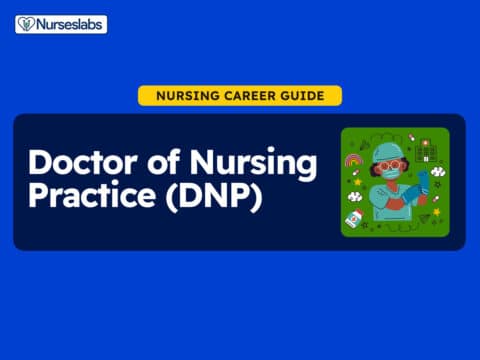
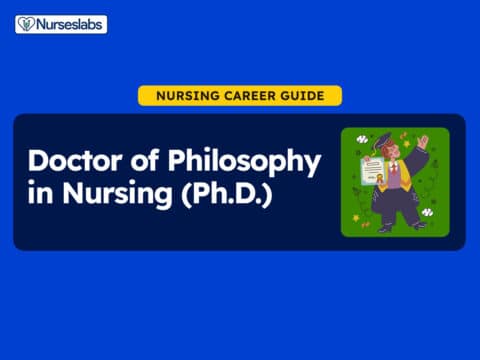

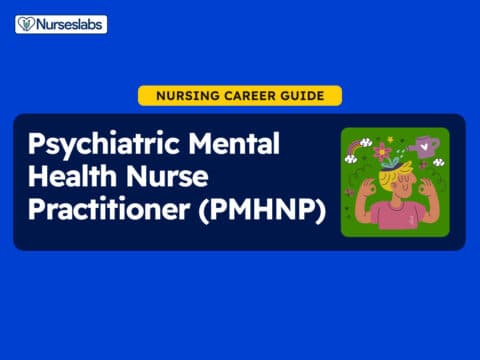
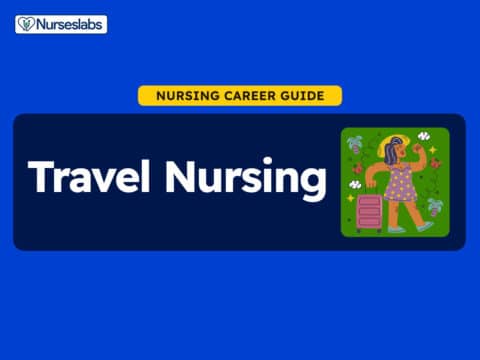
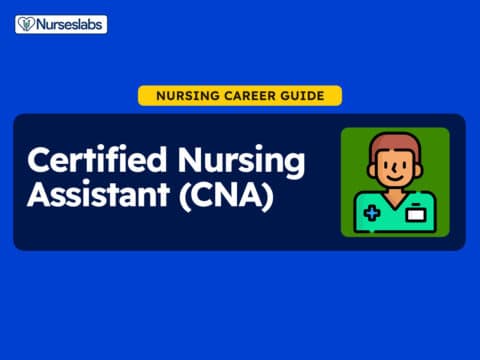


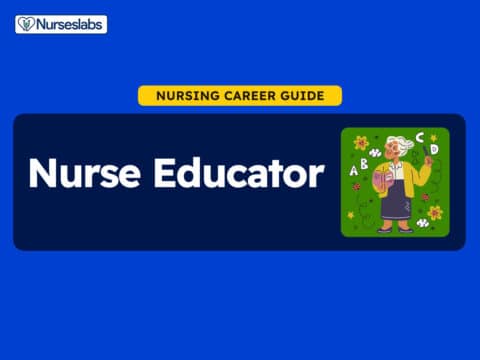

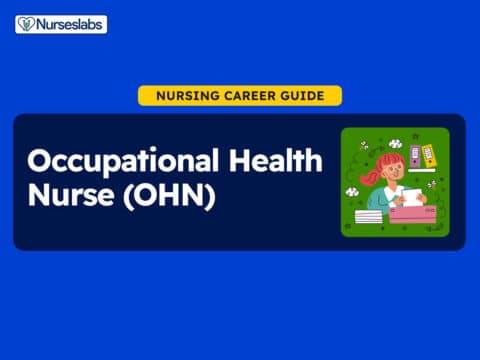
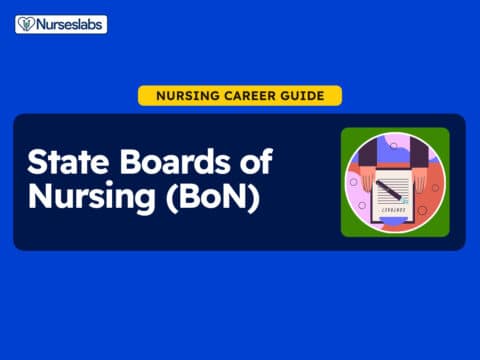
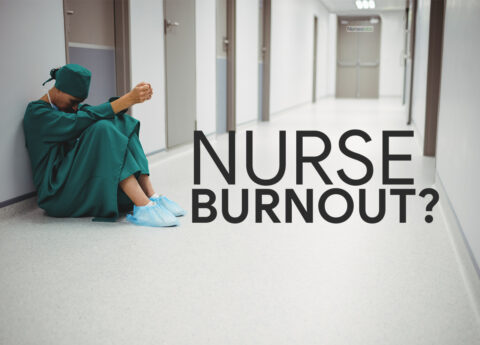


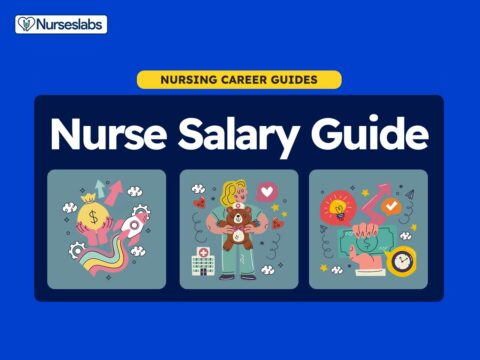

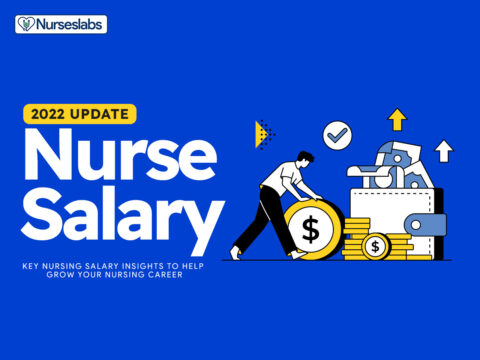


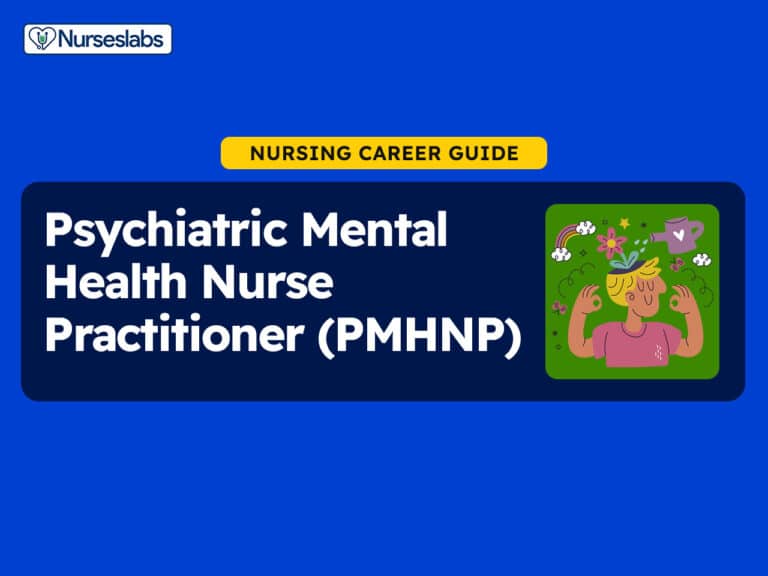
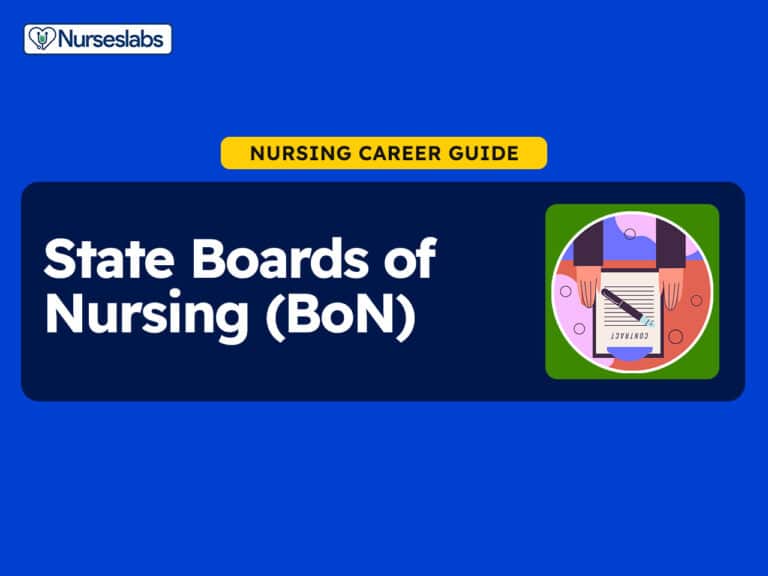

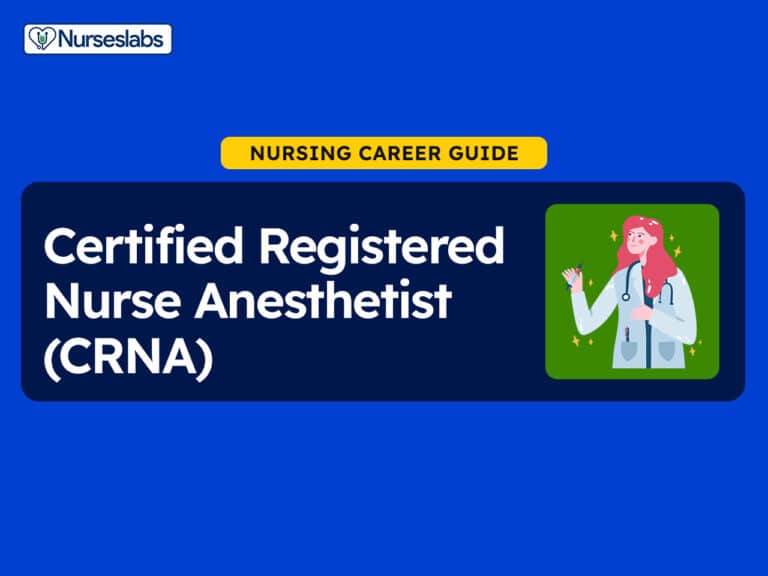

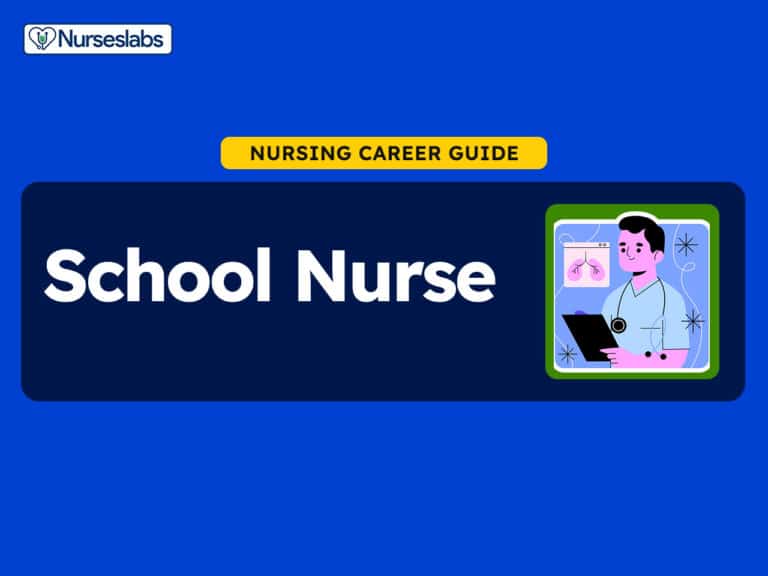
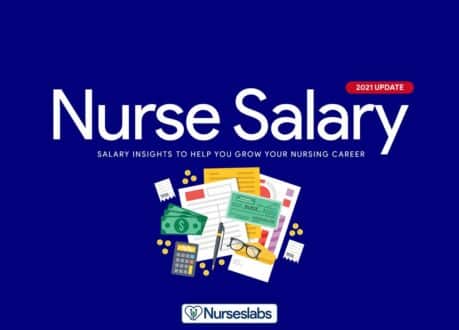
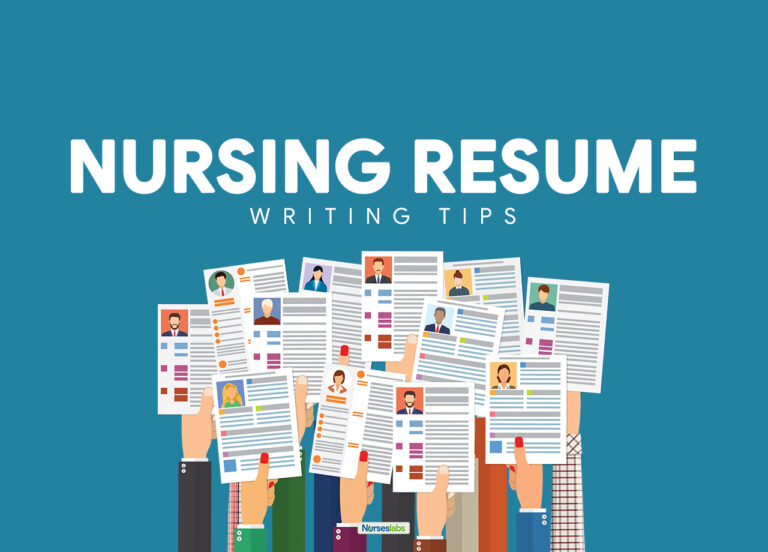

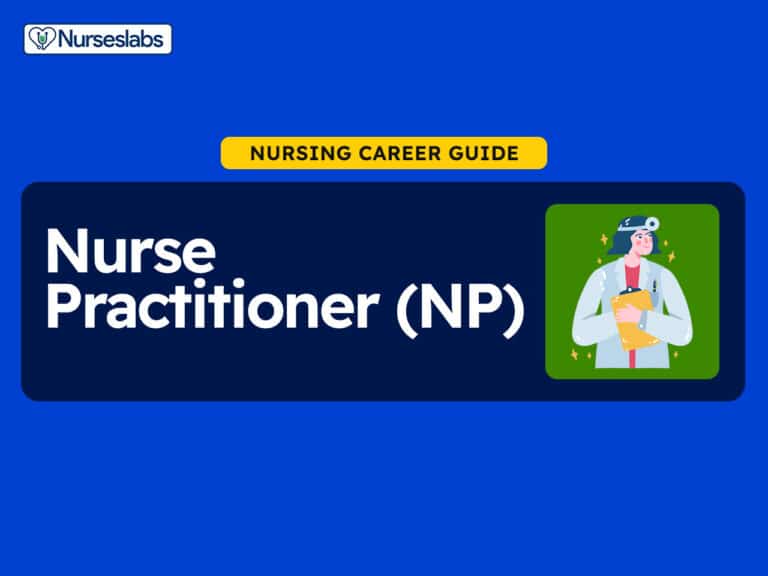

Leave a Comment